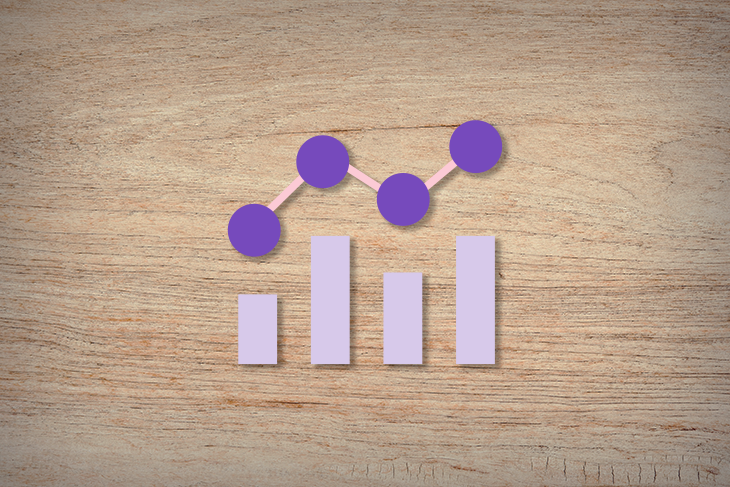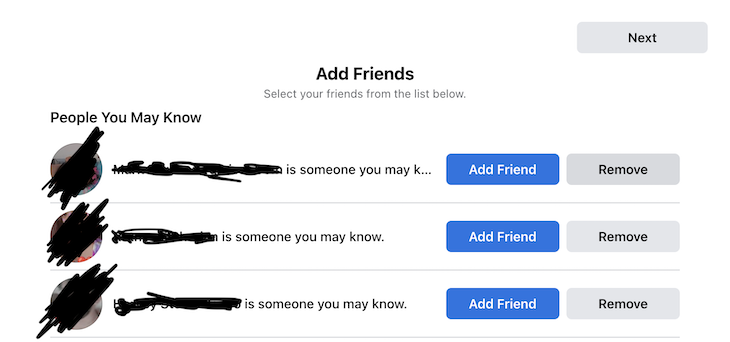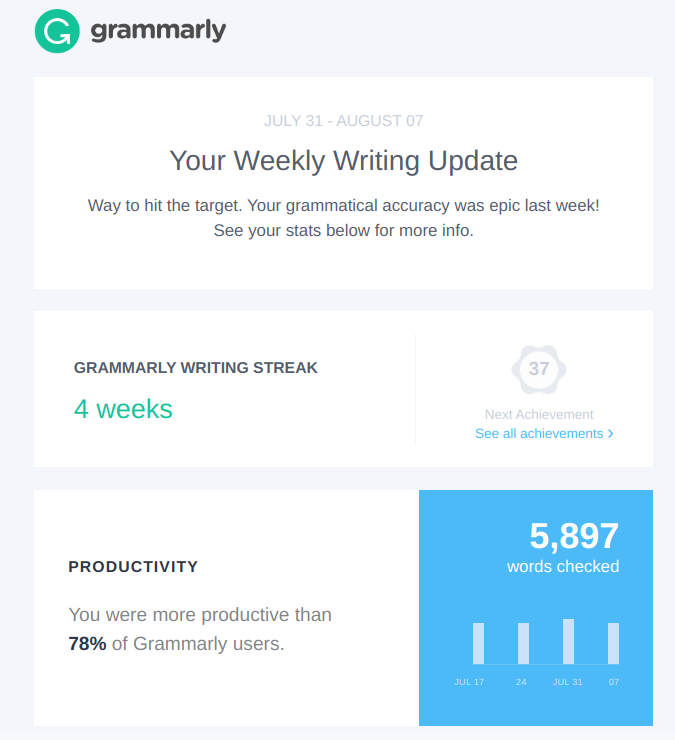It’s easy to get caught up in the vanity metrics — numbers that look fantastic but don’t translate into any meaningful business activity.

For example, you might get 10,000 likes on an Instagram post, but it doesn’t necessarily mean you made 10,000 sales. Of course, it does matter how engaging your posts are on social media, but it’s not the most important metric to consider.
Vanity metrics tend to paint a limited picture of the customer lifecycle. AARRR metrics — also known as pirate metrics — focus on every stage of the lifecycle to help you gain actionable insights into your consumers, identify bottlenecks, and create sustainable growth.
AARRR stands for:
In this guide, we’ll examine how each of these metrics can help you build an optimized conversion funnel and create products that customers love, use repeatedly, and recommend to other potential customers.
When product metrics are used correctly, companies can learn what’s going wrong, what’s going right, and why it’s happening. Finding meaningful data, though, is hard work.
Even though AARRR is designed to support growth, each step has its own vanity metrics. As a product manager, you need to implement actionable metrics to fully understand what is happening with your product suite.
Let’s break down AARRR a little further and examine what product managers can discover at each step:
Dividing the customer lifecycle into five phases creates a clearer picture of where there is room for improvement.
AARRR metrics are sometimes called pirate metrics because, if you verbalize the acronym out loud, it sounds similar to that infamous pirate phrase, “Arrr, matey!”
AARRR was created by Dave McClure, the founder of 500 Startups. He introduced the framework after he noticed many startups focusing on the wrong metrics for growth.
The AARRR framework is designed to efficiently break down each phase of the customer lifecycle and make necessary improvements in the funnel.
Even though McClure introduced AARRR metrics in 2007, it’s still a popular management framework due to its ability to follow the customer journey and measure the success of each phase.
Implementing the AARRR framework is easy to do once you identify the right metrics to measure. Then, you can set up processes to track and analyze user behavior and other AARRR metrics.
Analyzing AARRR metrics can help you identify better approaches for each customer lifecycle phase and new ways to improve the product.
Let’s break down how each stage works:
Acquisition refers to finding out where your customers are coming from. Some organizations break this down further by adding an awareness phase to discover how people come to know a product exists.
Essentially, this stage centers around your marketing channels. You may be using multiple platforms and strategies, such as social media, affiliate marketing, and SEO, to acquire new customers and raise brand awareness.
It’s easy to get caught up in things like how many times a post was shared on social media or how many times an app was downloaded. Instead of focusing on these vanity metrics, you should gauge what brought the best return on investment by asking questions like:
By determining which channel helps you gain the most traction, you can focus more of your marketing efforts on a few high-performing channels rather than spreading yourself thin on multiple channels with little ROI.
Activation refers to when a person becomes an active user. For example, a user may download an app, but if they don’t use it again, they haven’t been activated.
While driving traffic is important, you should also conduct many A/B tests and landing page tests to determine what brings the best conversion results.
It’s also a good idea to track user behavior to determine what makes a user commit to the product. For example, you may notice users who successfully convert spend more time on the help section of the website first. This could indicate that your landing page is missing valuable information and you need to restructure it.
In the activation phase, users need an aha moment — the instant when a user realizes that the product contains meaningful value to them and makes them want to come back. For example, you may want to create a quick onboarding process so users can get the main component of your product and realize its worth faster.

Facebook added a feature to the onboarding process that enables new users to download their email contacts, making it easy to find friends. This is crucial to the Facebook aha moment — without your friends, you may not have a reason to use Facebook again.
To defy churn, you need a good retention strategy. Besides creating a valuable product, it’s also crucial to keep in touch with your customers.
Automated emails are a simple retention strategy. You can create email campaigns to automatically send three days, seven days, or 30 days after the sign-up event. This can help remind your customers of your product, how to use it, and other noteworthy announcements.
For example, Grammarly sends weekly personalized emails to share users’ writing stats, such as their most common writing mistakes and level of accuracy. These email campaigns demonstrate how useful Grammarly is while also ensuring the user remembers they downloaded Grammarly.

Word of mouth is one of the top ways to grow your brand. Many consumers trust the recommendations of family, friends, and even strangers writing Google reviews.
When you have customers who are using your product and having a happy experience, you should encourage them to refer your product to others. Referrals constitute a free customer acquisition strategy, and your company can benefit from creating an easy way for users to refer to your product.
There are plenty of ways to incorporate referral strategies. Here are a few examples:
Another strategy is to use the Net Promoter Score (NPS). NPS measures customer loyalty by asking users one question: “On a scale of 1–10, how likely are you to recommend us to a friend?”
You may also want to follow up with customers to ask why they rated you that way.
While customer satisfaction is crucial, product managers must also concern themselves with revenue. If a feature or product doesn’t make the company money, then it could be detrimental.
There are two important metrics in the revenue phase. The first is customer lifetime value. This calculation determines how much money a customer pays throughout their lifetime with the product.
Next, you’ll want to calculate the customer acquisition cost. This is the amount of money you spent to acquire a new customer.
The goal is to decrease customer acquisition costs while increasing the customer lifetime value. This helps ensure you’re making enough revenue to sustain growth.
As a product manager, you need to develop a deep understanding of your customers to succeed. AARRR metrics provide actionable insights into what customers are doing at each phase of the customer lifecycle. However, AARRR metrics are rarely a one-and-done task.
Dave McClure suggests frequently conducting A/B tests to measure conversion improvement. He also recommends analyzing your marketing at the deepest level possible. This means going beyond the landing page to find meaningful insights.
Pirate metrics help you build relationships with your customers and determine why (and why they don’t) like your product. Tools that offer features such as session replay, product analytics, and performance monitoring can help you gain crucial insight into your customers and their needs and behaviors.
With the right metrics and analytical software on your side, you can create an optimized conversion funnel.
Featured image source: IconScout

LogRocket identifies friction points in the user experience so you can make informed decisions about product and design changes that must happen to hit your goals.
With LogRocket, you can understand the scope of the issues affecting your product and prioritize the changes that need to be made. LogRocket simplifies workflows by allowing Engineering, Product, UX, and Design teams to work from the same data as you, eliminating any confusion about what needs to be done.
Get your teams on the same page — try LogRocket today.

A practical framework for PMs to use AI in ideation without sacrificing judgment, strategy, or decision quality.

A practical five minute revenue estimation method to help product managers compare ideas, drop low impact features, and prioritize smarter.

A practical guide for PMs who want to stop being bottlenecks, delegate smarter, and lead teams effectively with a clear ownership framework.

Stop letting unreliable data block features. Treat data as inventory to track quality, ownership, and ship with confidence.